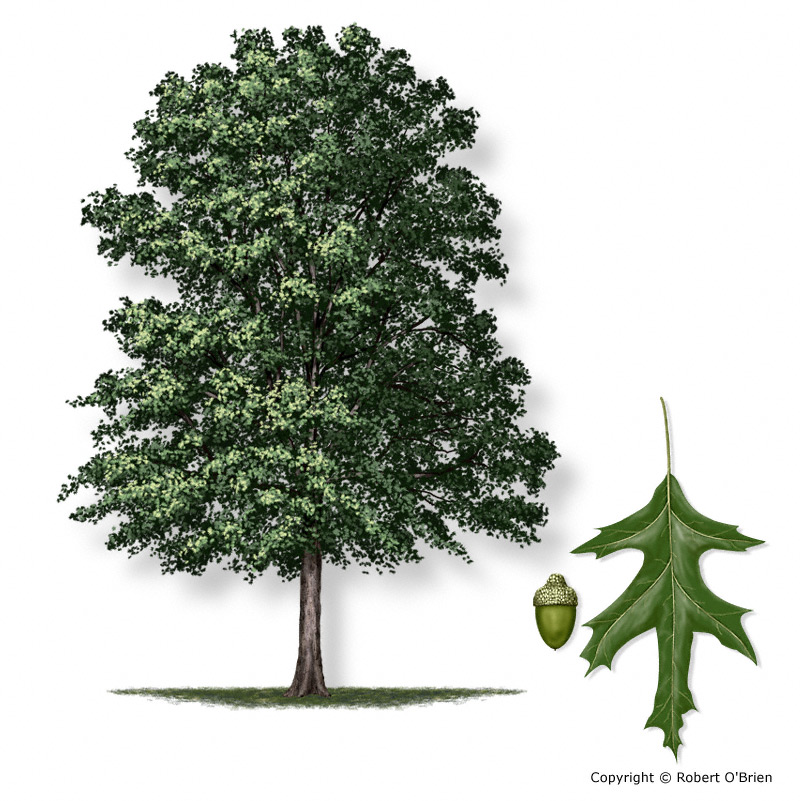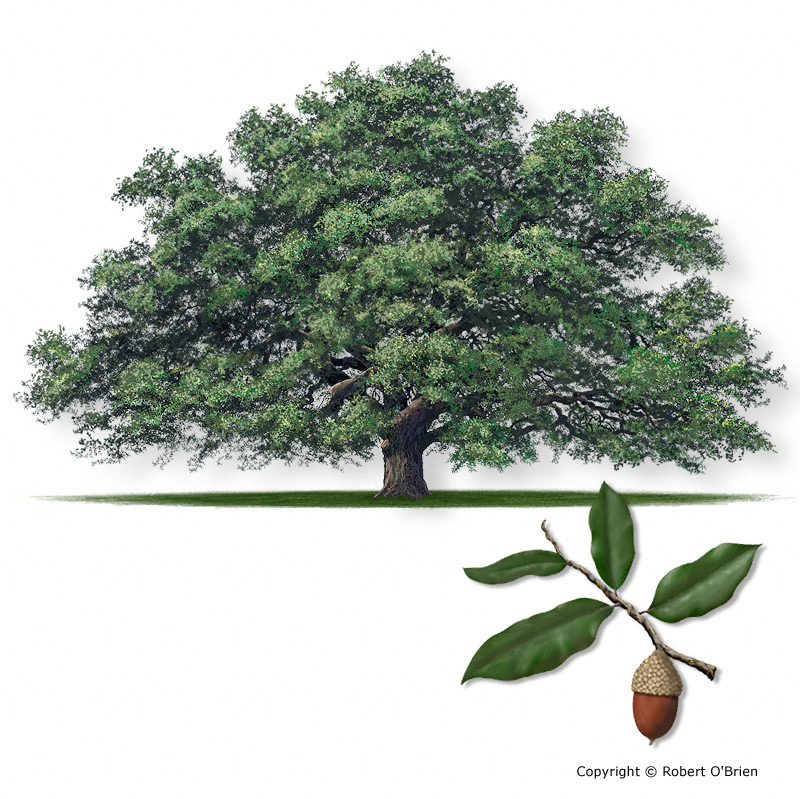

» Related: Texas mountain laurels that are too beautiful to believeīoxelder (Acer negundo). Texas mulberry leaves feel like sandpaper on the top and bottom, while red mulberry leaves are only rough on the top side. Leaves on a single tree can look very different from each other. The leaves on all three species are conical but grow in different shapes they might develop deep lobes that make them look like tridents. The latter can be identified by the brown markings on its bark that look almost like leopard spots. Both red mulberry and Texas mulberry are native, but paper mulberry is a transplant from Asia. These trees produce berries that are an important source of food for wildlife.

You’re likely to see more than one species of mulberry tree along the trail. The flowers attract bees and butterflies and later develop into bean pods. It produces abundant, fragrant white flowers in the spring that are similar in appearance to the flowers of some orchids, giving the plant its common name. Like the Texas mountain laurel, this is another small tree that might remind you of crepe myrtle at first, until you peek at the leaf, which looks like two leaves fused together in the shape of a butterfly. They produce pendulous masses of purple flowers in the spring that ultimately develop into bean pods.Īnacacho orchid (Bauhinia lunarioides). You might easily mistake this tree for a crepe myrtle, but unlike that tree, mountain laurels are native and grow in dry limestone soils west to New Mexico. A small evergreen tree in the bean family with smooth gray bark that contrasts sharply with the dark green leaves. Texas mountain laurel (Dermatophyllum secundiflorum). When ingested, salicin is converted into salicylic acid, the same substance used in aspirin. has been used by various cultures to soothe pain. Willow trees contain a compound called salicin, which as far back as 2,000 B.C. They have long, slender leaves and flexible branches that often dip down to the water’s edge, creating a small, shady cove in which to shelter while kayaking. No Central Texas stream would be complete without willow trees. The leaves are thick, shiny and roughly in the shape of a triangle, turning a bright yellow in fall.īlack willow (Salix nigra). These are the seeds, which are attached to fine, cottonlike hairs that catch the wind and help disperse the seeds across long distances. If you’re ever close to a cottonwood in early summer, you might be surprised to see what looks like a fine blanket of snow surrounding it. A large tree can suck up more than 100 gallons of water per day. They tend to grow near water, because they use such massive amounts of it.

These are big trees, reaching up to an impressive 130 feet. This is a common tree near rivers and streams in several parts of Texas, from the Louisiana border all the way to Big Bend. The leaves turn a brilliant crimson hue in fall.Ĭottonwood (Populus deltoides). This tree is well suited to Austin’s dry, hot conditions and is especially common on or near limestone outcroppings. The trees don’t appear to be harmed much by this parasitic relationship. They lay their eggs inside a leaf, which causes the warts, or galls, to develop on the leaf’s surface, harboring the developing insects that feed on the sugar produced by photosynthesis. Warts on the leaves are caused by jumping plant lice, a type of insect related to cicadas.

The bark is covered in wartlike projections, as are the leaves, making this tree easy to identify. It has thick, gracefully arching limbs that are grayish and resemble elephant trunks. Sugarberry is a common tree throughout the southeastern U.S.


 0 kommentar(er)
0 kommentar(er)
